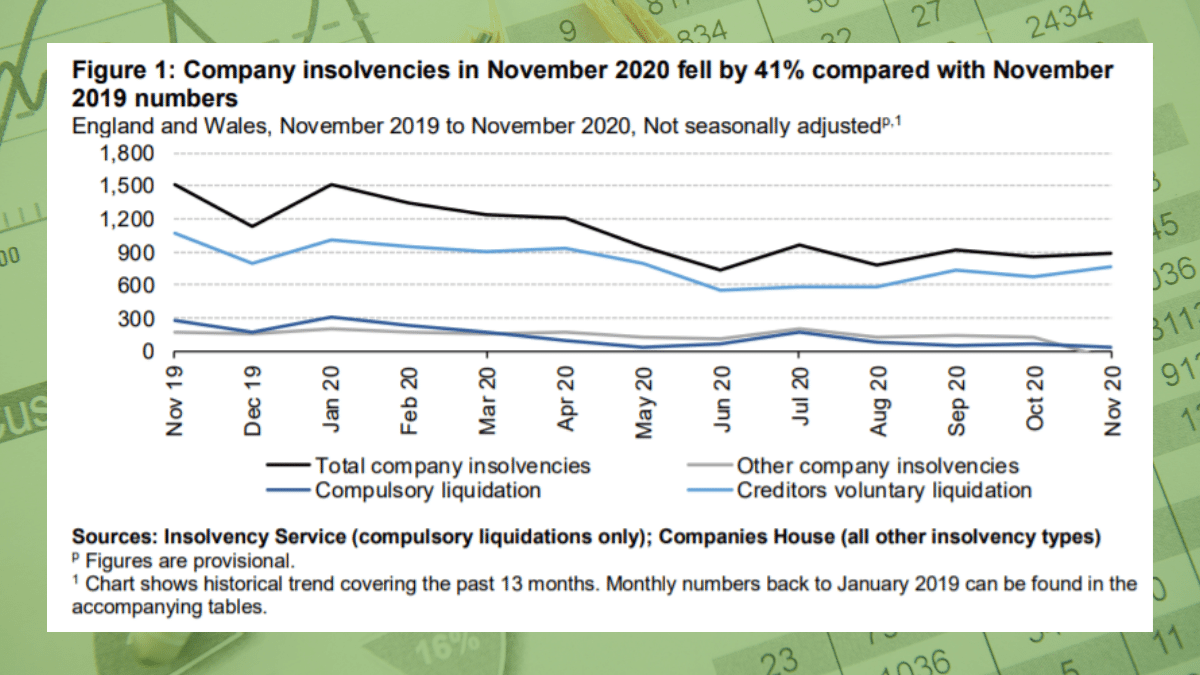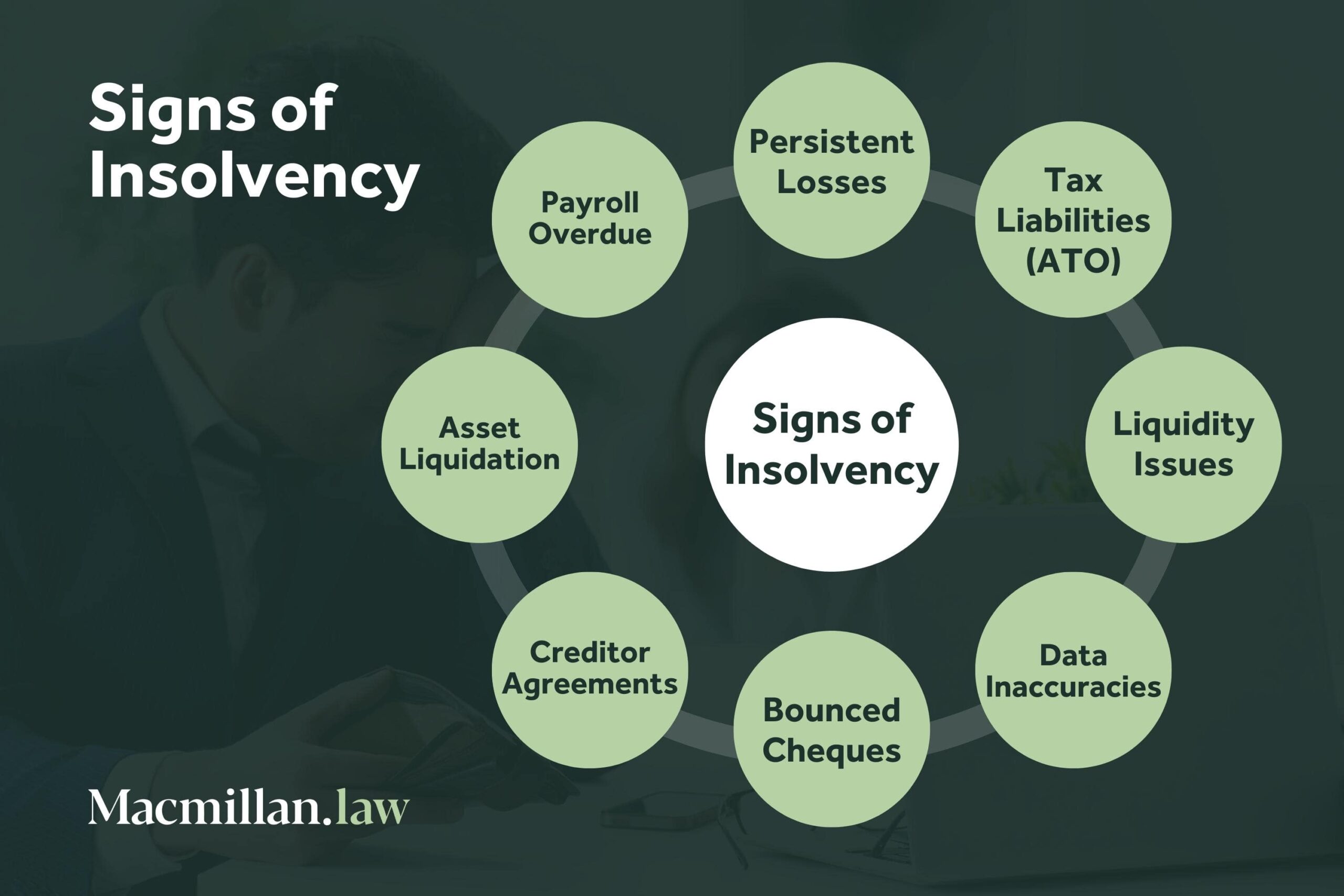The Single Strategy To Use For Insolvency Practitioner
The Single Strategy To Use For Insolvency Practitioner
Blog Article
All about Insolvency Practitioner
Table of ContentsSee This Report on Insolvency PractitionerHow Insolvency Practitioner can Save You Time, Stress, and Money.Insolvency Practitioner for DummiesGetting The Insolvency Practitioner To Work5 Easy Facts About Insolvency Practitioner ShownInsolvency Practitioner Fundamentals ExplainedThe Buzz on Insolvency Practitioner
Insolvency is the procedure wherein a company is wound up and its possessions are sold off to pay financial institutions. This is normally the last resource, as it can have a very adverse effect on the company's credibility. Receivership happens when a firm is incapable to pay its financial obligations and is placed under the control of an outside manager.Volunteer management is comparable to receivership, however it is launched by the directors of the company as opposed to the financial institutions. This alternative is often made use of when a company is facing economic difficulties but there is still hope that it can be transformed about. Company insolvency is a complex and serious concern that can have far-ranging effects for services of all sizes.
The Best Strategy To Use For Insolvency Practitioner
With the right aid, you can guarantee that your service has the most effective possibility of weathering this tough time.

Look after your workers As a company, you require to keep an eye on and offer assistance to your staff members throughout this demanding time. Understand any type of possible wellness and wellness concerns they may experience due to: task insecuritytransitioning through the sale of the businesschange in proprietors. You can: There are generally 2 situations in which you would willingly shut your business.
Insolvency Practitioner Fundamentals Explained
You also: do not wish to, or can not, market the businesshave no-one to take it over. You're most likely to have time to prepare your closure. This will certainly assist you to: close efficientlymeet your legal obligationssave moneytake away optimal earnings. You could be closing your company due to the fact that: it's not covering its expenses and operating costsyou can not sustain the operating costs while attempting to sell it.
This may avoid you from coming to be insolvent or insolvent, and aid you to leave the organization with no durable impacts. There are lots of things you need to resolve prior to closing your service. It is very important to have an exit technique. Your accountant, lawyer or organization advisor will certainly have the ability to aid you with this.

Not known Details About Insolvency Practitioner
You have to finalise all tax issues for your organization, also if it's no longer trading. This includes your responsibilities relating to payment of: edge advantages taxpay-as-you-go (PAYG)superannuationemployment termination. Discover a lot more concerning click over here these obligations to staff members. You'll likewise need to cancel your employees' compensation policy by complying with guidelines on web page 4 of the WorkCover recognizing your workers' settlement crash insurance coverage (PDF, 828KB).
Bankruptcy takes place when your organization can not pay its financial debts, which can result in your business closing down. Different insolvency treatments apply to people and business.
If you try to manage it on your own, you'll require to interact with every financial institution separately to attempt to discuss normal payment quantities. Insolvency or insolvency advisors can: support you through the processhelp you understand your optionsnegotiate with your lenders in your place. They hold specific licences and certifications in this specialised area.
Insolvency Practitioner Fundamentals Explained
It's vital to acknowledge monetary difficulty early so you can take a look at methods to avoid bankruptcy. You need to also recognize creditors placing queries or defaults versus your credit rating data. You ought to always seek monetary and legal Continued recommendations when you are having difficulty handling your debts. It's hard to pay for this advice when you're in monetary problem.

Debt arrangements, also called a Component IX agreement, enables you, or the assigned administrator, to negotiate with your creditors to pay a percentage of the consolidated financial obligations over a duration of time to your manager, instead of attempting to proceed paying to each creditor. There are certain limits for the value of financial debt, residential property and earnings that you should drop under to be eligible for a Component IX financial debt arrangement.
How Insolvency Practitioner can Save You Time, Stress, and Money.
Firm insolvency and liquidation An 'insolvent company' is unable to pay its debts or cover the cost of its expenses. In some situations, click this site insolvent companies might go right into liquidation. Liquidation is when an independent registered liquidator is assigned to take control over the business and wind up the firm organization in an orderly method.
As noted in the Intro, while the report reveals certain preferences with regard to a few of the more vital of these selections, it does not attempt to develop standards in this complicated location. It might need to be updated in the future to take right into account developments in this area.
The Buzz on Insolvency Practitioner
Sonia Piccinini dedicated substantial time and effort in the preparation of this publication. The views expressed in the report are those of the IMF's Legal Department and must not be connected to the Exec Supervisors or the Monitoring of the IMF (Insolvency Practitioner). FRANOIS GIANVITI Current experience has actually demonstrated the extent to which the absence of orderly and effective insolvency procedures can exacerbate economic and financial crises
Report this page